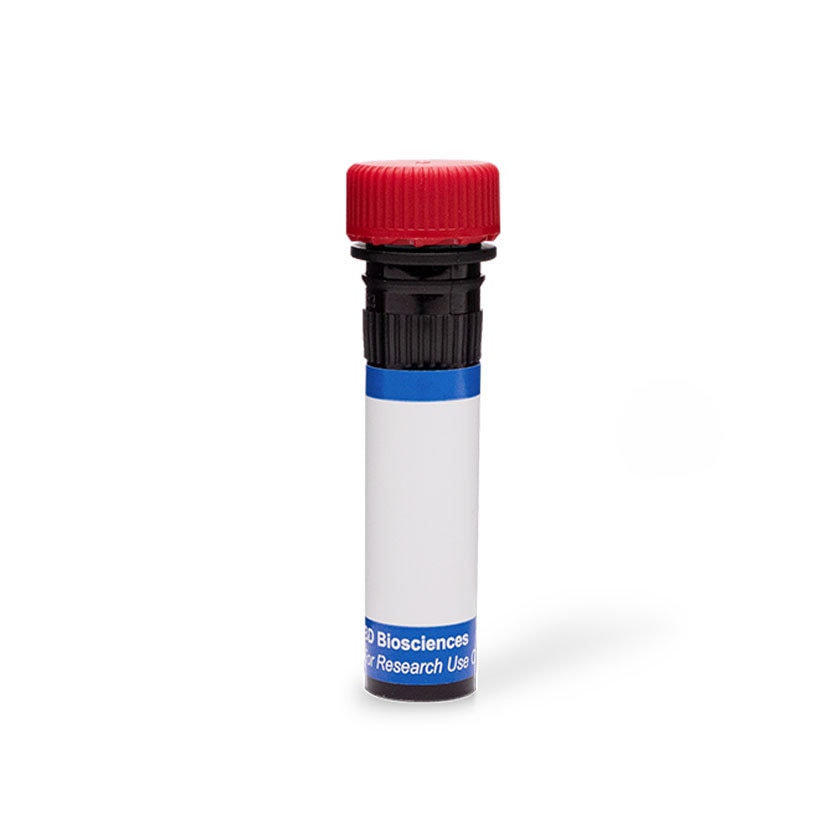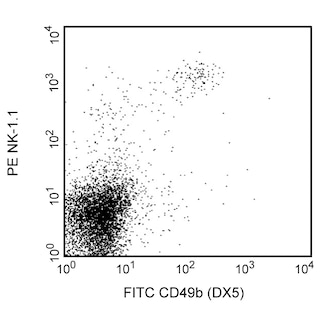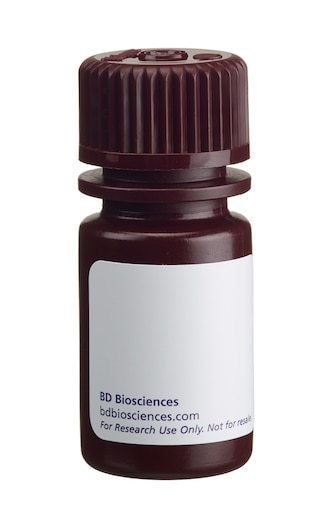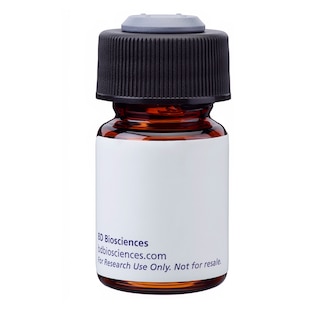-
抗体試薬
- フローサイトメトリー用試薬
-
ウェスタンブロッティング抗体試薬
- イムノアッセイ試薬
-
シングルセル試薬
- BD® AbSeq Assay
- BD Rhapsody™ Accessory Kits
- BD® OMICS-One Immune Profiler Protein Panel
- BD® Single-Cell Multiplexing Kit
- BD Rhapsody™ TCR/BCR Next Multiomic Assays
- BD Rhapsody™ Targeted mRNA Kits
- BD Rhapsody™ Whole Transcriptome Analysis (WTA) Amplification Kit
- BD® OMICS-Guard Sample Preservation Buffer
- BD Rhapsody™ ATAC-Seq Assays
- BD® OMICS-One Protein Panels
-
細胞機能評価のための試薬
-
顕微鏡・イメージング用試薬
-
細胞調製・分離試薬
-
- BD® AbSeq Assay
- BD Rhapsody™ Accessory Kits
- BD® OMICS-One Immune Profiler Protein Panel
- BD® Single-Cell Multiplexing Kit
- BD Rhapsody™ TCR/BCR Next Multiomic Assays
- BD Rhapsody™ Targeted mRNA Kits
- BD Rhapsody™ Whole Transcriptome Analysis (WTA) Amplification Kit
- BD® OMICS-Guard Sample Preservation Buffer
- BD Rhapsody™ ATAC-Seq Assays
- BD® OMICS-One Protein Panels
- Japan (Japanese)
-
Change country/language
Old Browser
Looks like you're visiting us from United States.
Would you like to stay on the current country site or be switched to your country?
BD Pharmingen™ PE Rat anti-Mouse CD314
クローン CX5 (RUO)

Expression of NKG2D on splenic NK cells. BALB/c splenocytes were stained with either PE Rat IgG1 isotype control mAb R3-34 (left panel, Cat. No. 553925) or PE mAb CX5 (right panel, Cat. No. 558403), in the presence of Mouse BD Fc Block™ Purified Rat Anti-CD16/CD32 mAb 2.4G2 (Cat. No. 553141/553142). NK cells were identified by staining with FITC anti-CD49b/Pan-NK Cells mAb DX5 (Cat. No. 553857), and viable cells were selected by exclusion of BD Via-Probe™ (Cat. No. 555815/555816). The majority of the cells expressing NKG2D are CD49b-expressing NK cells. Flow cytometry was performed on a BD FACSCalibur™ flow cytometry system.


Expression of NKG2D on splenic NK cells. BALB/c splenocytes were stained with either PE Rat IgG1 isotype control mAb R3-34 (left panel, Cat. No. 553925) or PE mAb CX5 (right panel, Cat. No. 558403), in the presence of Mouse BD Fc Block™ Purified Rat Anti-CD16/CD32 mAb 2.4G2 (Cat. No. 553141/553142). NK cells were identified by staining with FITC anti-CD49b/Pan-NK Cells mAb DX5 (Cat. No. 553857), and viable cells were selected by exclusion of BD Via-Probe™ (Cat. No. 555815/555816). The majority of the cells expressing NKG2D are CD49b-expressing NK cells. Flow cytometry was performed on a BD FACSCalibur™ flow cytometry system.

Expression of NKG2D on splenic NK cells. BALB/c splenocytes were stained with either PE Rat IgG1 isotype control mAb R3-34 (left panel, Cat. No. 553925) or PE mAb CX5 (right panel, Cat. No. 558403), in the presence of Mouse BD Fc Block™ Purified Rat Anti-CD16/CD32 mAb 2.4G2 (Cat. No. 553141/553142). NK cells were identified by staining with FITC anti-CD49b/Pan-NK Cells mAb DX5 (Cat. No. 553857), and viable cells were selected by exclusion of BD Via-Probe™ (Cat. No. 555815/555816). The majority of the cells expressing NKG2D are CD49b-expressing NK cells. Flow cytometry was performed on a BD FACSCalibur™ flow cytometry system.


BD Pharmingen™ PE Rat anti-Mouse CD314

Regulatory Statusの凡例
Any use of products other than the permitted use without the express written authorization of Becton, Dickinson and Company is strictly prohibited.
Preparation and Storage
Product Notices
- Since applications vary, each investigator should titrate the reagent to obtain optimal results.
- Caution: Sodium azide yields highly toxic hydrazoic acid under acidic conditions. Dilute azide compounds in running water before discarding to avoid accumulation of potentially explosive deposits in plumbing.
- An isotype control should be used at the same concentration as the antibody of interest.
- For fluorochrome spectra and suitable instrument settings, please refer to our Multicolor Flow Cytometry web page at www.bdbiosciences.com/colors.
- Please refer to www.bdbiosciences.com/us/s/resources for technical protocols.
関連製品






The CX5 monoclonal antibody specifically binds to NKG2D, also known as CD314. NKG2D is a lectin-like receptor that is detected on resting and IL-2-activated NK cells, activated CD8-positive T lymphocytes, and LPS-activated macrophages, but not on resting T cells or unstimulated macrophages. NKG2D has little homology to the other members of the NKG2 family, NKG2A, C, and E, and does not form heterodimers with CD94. On NK cells, NKG2D is an activating receptor that associates with DAP10, an adapter protein that stimulates the PI3 kinase pathway. An isoform of mouse NKG2D can also associate with the signaling adapter protein DAP12, also known as KARAP (Killer cell-Associated Receptor-Associated Polypeptide), that activates the Syk and ZAP70 tyrosine kinases. On cytotoxic T cells, NKG2D is a co-stimulatory receptor that associates with DAP10. The ligands for NKG2D include the minor histocompatibility antigen H60, MULT1 (Murine UL16-binding protein-Like Transcript 1), and the five retinoic acid-inducible proteins Rae-1α, β, γ, δ and ε. Interactions of NKG2D with its ligands are involved in the regulation of innate and immune cytotoxic responses to tumor and pathogen-infected cells and in diabetes progression in the NOD mouse. The CX5 mAb blocks the binding of NKG2D to its ligands.

Development References (8)
-
Carayannopoulos LN, Naidenko OV, Fremont DH, Yokoyama WM. Murine UL16–binding protein–like transcript 1: A newly described transcript encoding a high–affinity ligand for murine NKG2D . J Immunol. 2002; 169(8):4079-4083. (Biology). View Reference
-
Cerwenka A, Bakker AB, McClanahan T, et al. Retinoic acid early inducible genes define a ligand family for the activating NKG2D receptor in mice. Immunity. 2000; 12(6):721-727. (Biology). View Reference
-
Diefenbach A, Jamieson AM, Liu SD, Shastri N, Raulet DH. Ligands for the murine NKG2D receptor: expression by tumor cells and activation of NK cells and macrophages. Nat Immunol. 2000; 1(2):119-126. (Biology). View Reference
-
Diefenbach A, Tomasello E, Lucas M, et al. Selective associations with signaling proteins determine stimulatory versus costimulatory activity of NKG2D. Nat Immunol. 2002; 3(12):1142-1149. (Biology). View Reference
-
Gilfillan S, Ho EL, Cella M, Yokoyama WM, Colonna M. NKG2D recruits two distinct adapters to trigger NK cell activation and costimulation . Nat Immunol. 2002; 3(12):1150-1155. (Biology). View Reference
-
Ogasawara K, Hamerman JA, Ehrlich LR, et al. NKG2D blockade prevents autoimmune diabetes in NOD mice. Immunity. 2004; 20(6):757-767. (Biology). View Reference
-
Ogasawara K, Hamerman JA, Hsin H, et al. Impairment of NK cell function by NKG2D modulation in NOD mice. Immunity. 2003; 18(1):41-51. (Biology). View Reference
-
Yokoyama WM. Natural killer cell receptors . Curr Opin Immunol. 1998; 10:298-305. (Biology).
Please refer to Support Documents for Quality Certificates
Global - Refer to manufacturer's instructions for use and related User Manuals and Technical data sheets before using this products as described
Comparisons, where applicable, are made against older BD Technology, manual methods or are general performance claims. Comparisons are not made against non-BD technologies, unless otherwise noted.
For Research Use Only. Not for use in diagnostic or therapeutic procedures.